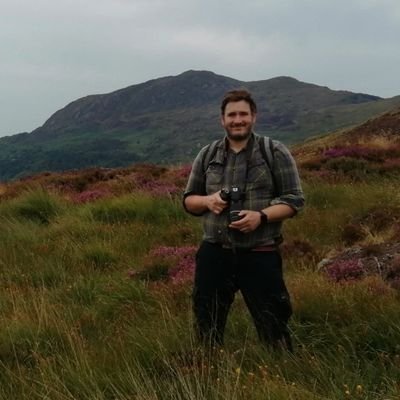My African biodiversity work has taken me across several countries, including Cameroon, Guinea, Kenya, Rwanda, Nigeria and Uganda. This typically had reptiles and amphibians as a focus, though I have also been involved with other taxa and habitat protection. This has included involved pushing forward with conservation of the most threatened amphibian and reptile species in the continent, particularly in Cameroon, Nigeria and Uganda.
One landscape I have appraised in particular is the Budongo Forest in Uganda, that has a well documented history for managed, selective logging. We have seen clear amphibian assemblage structure between subsistence agriculture, forest continuously (but selectively, however illegal) exploited by local communities and forest mechanically logged in the 1940s-70s. The continuously exploited forest had the most severe impact for amphibian abundance and diversity, with agricultural land showing markedly different species even if they were far more abundant and diverse than the former.

